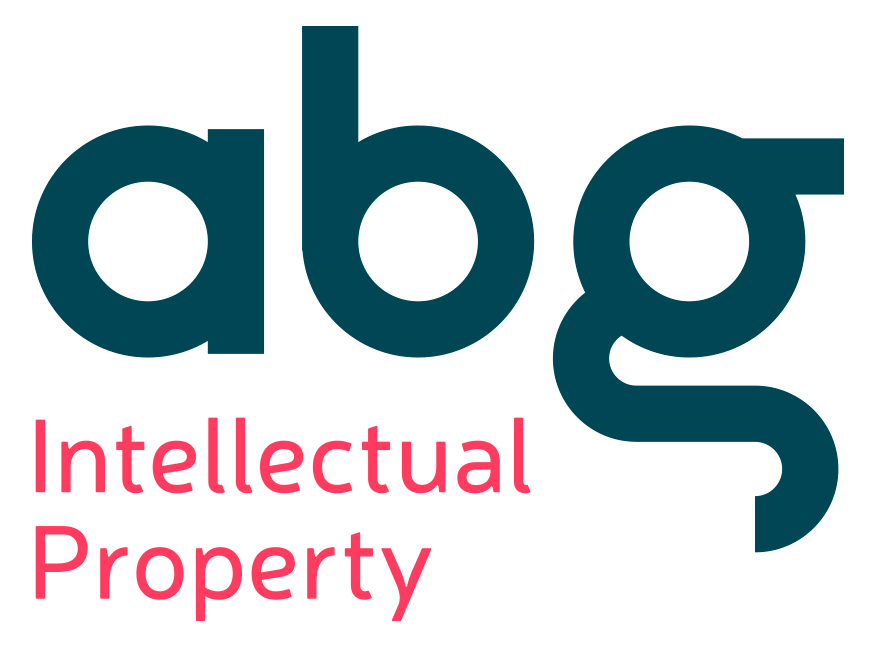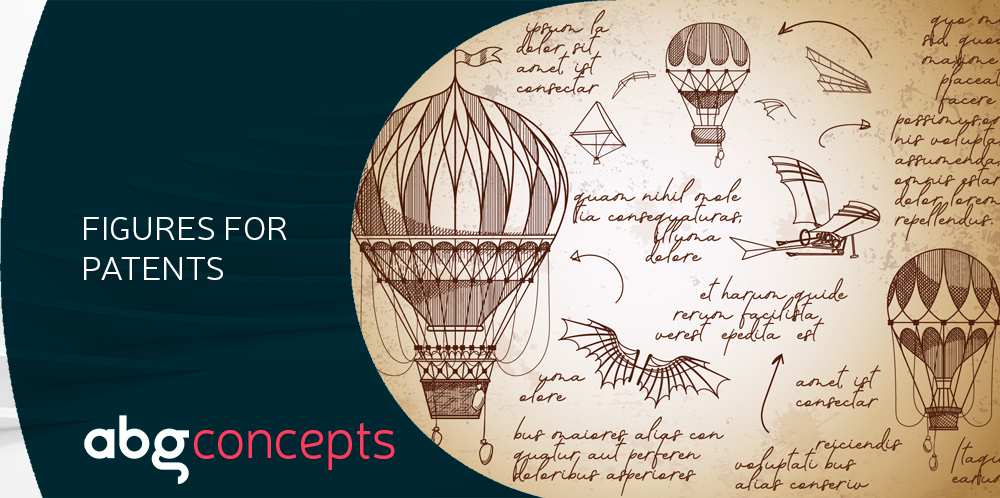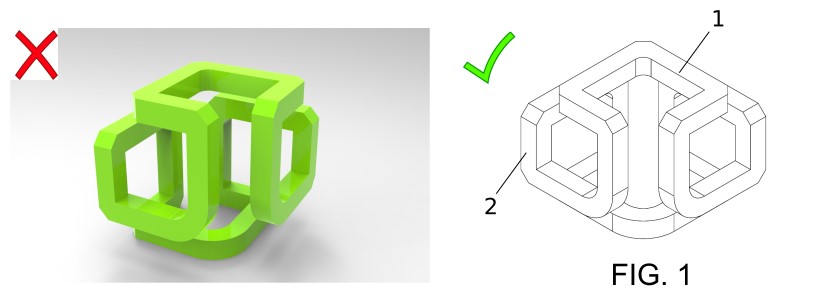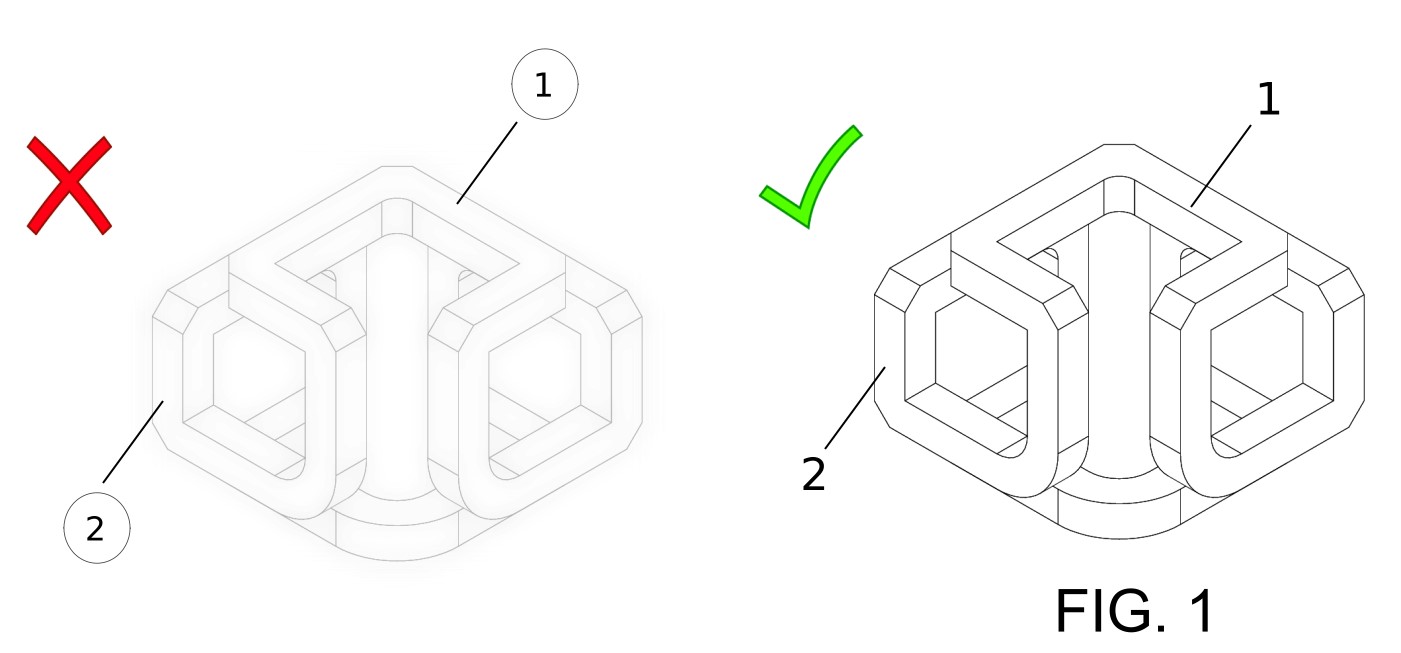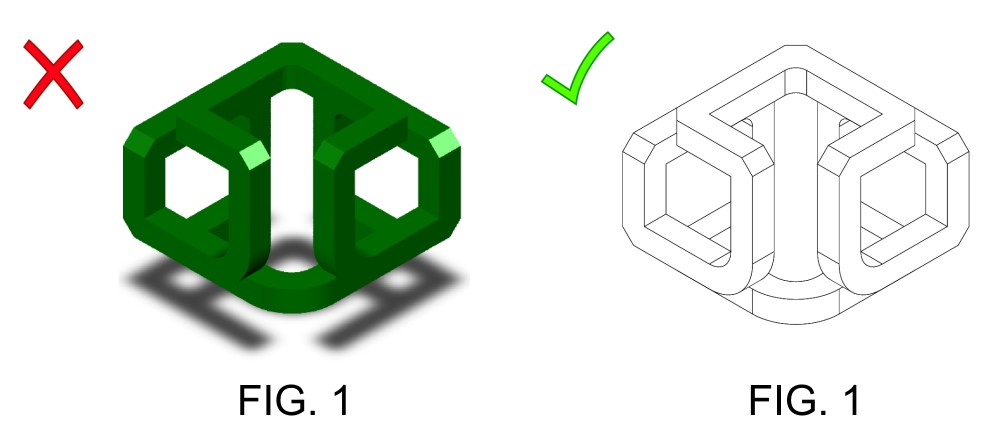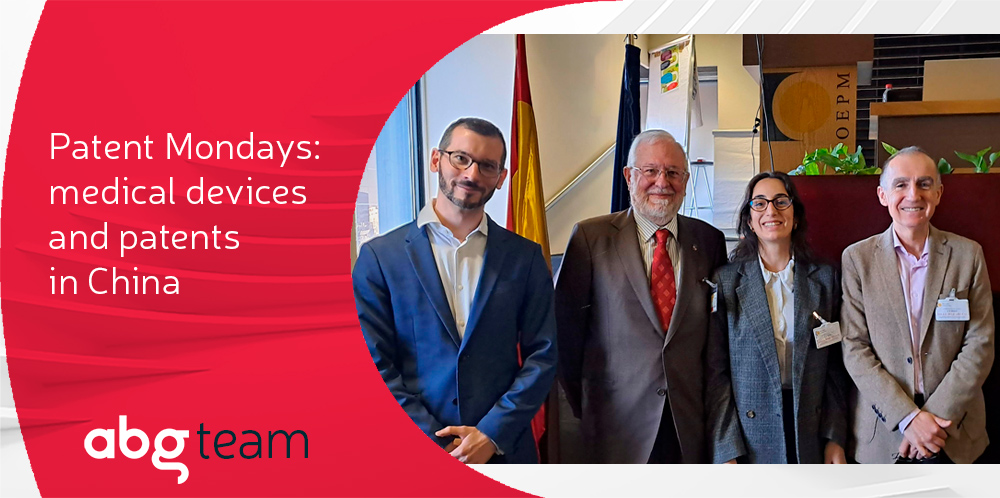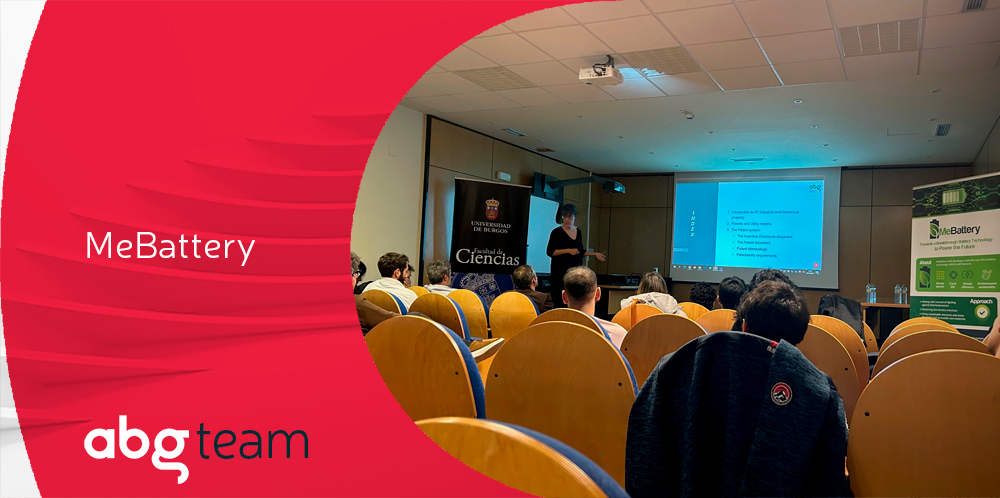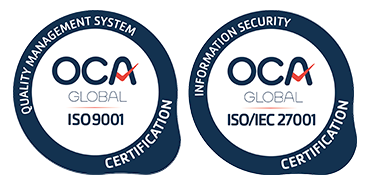Why use figures in a patent application?
Figures are an essential part of most patent (or utility model) applications. This is especially the case in the field of engineering, since it is often impossible to describe the structure of certain devices, the steps of a method or the results of an experiment without resorting to a graphical representation. It is worth mentioning some of the figures that are most commonly found in patent applications: flow diagrams (for methods); plans; various perspective views of three-dimensional models (for example, through exploded, zenith, isometric views, etc., as well as various cross sections); and even photographs.
Although figures are not compulsory in patent applications filed with the most common offices (such as the Spanish Patent and Trademark Office, SPTO; the European Patent Office, EPO; or the World Intellectual Property Organization, WIPO), they are highly recommended and, for example, mandatory in the field of engineering in the United States Office (USPTO) where there are even examiners who require all the features of the independent claims to be visible in a figure. They often contribute greatly to facilitating the understanding of the invention both for the examiner who is going to evaluate our application and for third parties, since they illustrate particular examples of the object of the invention for which protection is sought in the claims.
In this article we will review the formal requirements that figures in patent applications must comply with, as well as some practical advice for preparing them.
Overview of the legal basis…
In order for the figures to fulfil their role, they must meet a series of formal requirements, which are specified in different legislation, both national (see Annex of Royal Decree 316/2017, of 31 March, whereby approving the Regulation for the execution of Law 24/2015, of 24 July, on Patents) and international (for example, see Rule 46 of the European Patent Convention). For example, some of the formal requirements imposed by the EPO are:
- In the figure sheets, the usable surface area must not exceed 26.2 cm x 17 cm, and the following margins must be left: top (2.5 cm), bottom (1 cm), left (2.5 cm) and right (1.5 cm). Here it should be noted that the area reserved for drawings is greater than the area used for the text of the description and claims.
- The scale of the figures must be sufficient so that they can be adequately reproduced even when reduced to a scale of 2/3.
- The numbers, letters and reference signs included in the figures must be clear and simple, avoiding the association of numbers and letters with certain symbols (circles, brackets or inverted commas), and must have a sufficient height (no less than 0.32 cm).
- The elements of the same figure must be proportional to one another, unless the difference in scale is indispensable for the clarity of the figure.
- Numerical references that do not appear in the description or claims of the patent application cannot be included in the figures. In addition, these numerical references must be consistent throughout the entire text of the application, indicating the same element of the invention.
- The figures must be numbered consecutively with Arabic numerals, regardless of the numbering of the sheets.
It is very important for the figures to meet these requirements at the time of filing. This will prevent the different patent offices from later requiring us to correct them, which entails higher costs, interactions with these offices and time. It may even be the case that the defects cannot be corrected without adding subject matter, leading to the application being rejected or having to remove these drawings. For example, if at the time of filing a patent application a very poor quality photograph is provided in which certain details of the invention cannot be seen, it may be the case that it cannot be rectified at a later stage of the proceeding if the patent office considers that this entails broadening the information initially filed.
Recommendations regarding figures in patent applications
Although it is advisable to review the formal requirements that figures for patent applications must meet in the jurisdiction where they are to be filed (Europe, United States, China, Japan, Africa), following a series of general recommendations that apply to almost all patent offices can help us reduce preparation costs of the figures for our application.
Below we discuss some of the recommendations that we are most aware of in our day to day when adapting the figures provided to us by our clients:
- Prepare the figures in B/W or, at most, in greyscale. Some offices already accept patent applications with figures in colour (such as the SPTO), even though they must then be converted to B/W or grey when the application is to be extended internationally. Preparing them in advance allows you to avoid extra costs for adapting figures and problems related to details not being reproduced correctly after they are converted to B/W.
- The quality of the figures must be suitable, with sufficient definition and resolution, so that all the details of the invention can be adequately appreciated. In this regard, our recommendation is to prepare the figures in vector format to make it easier to resize them without losing quality. For example, two figures of an “infinity cube” are shown below. The contrast of the figure on the left is very poor, it has numerical references that combine numbers and circles, and it does not include the Arabic numerals of the figure, so it is likely that an objection would be raised against it by any patent office. On the other hand, the figure on the right meets the formal requirements, so it would be accepted without any problems.
- Minimise the text in the figures. The drawings must contain the words that are absolutely essential, as well as numerical references (in Arabic numerals) of the different elements of the invention. For example, if our invention is a computer-implemented method to add two numbers, two possible ways of representing the flowchart of this operation would be: It is very common in our profession as patent agents to come across flow charts like the one in the figure above (on the left). However, the option on the right would be the most appropriate, since, in addition to avoiding the risk of formal objections from patent offices, it has an undeniable advantage when the application must be translated into other languages, since it reduces the cost of these translations and avoids the figures having to be adapted later depending on the jurisdiction where they are filed. All the text that must be in the figure should be located in the description of the patent application.
- Figures (especially those related to three-dimensional models of objects) must not contain shading or lighting effects. Returning to the infinity cube, a representation is shown below with shadow, lighting and colour effects that would not be suitable for patent offices, as well as an adaptation of said figure with a solid black line that would be acceptable.
- Avoid hand-drawn figures containing amendments. It is better to use graphic design programs to prepare the figures or, if necessary, turn to a professional illustrator.
- Bearing in mind that figures that are colour photographs are scanned and made accessible in the registry of the European Patent Office in B/W, its use should be limited to those cases in which it is absolutely essential. For example, we usually use these photographs to illustrate inventions whose technical effects must be observed under a microscope, in which case colour should be avoided at the very least.
- Replace the representation of colour-coded information in the figures with other alternatives. For example, when dealing with experimental results represented on a graph using different lines, each line can be represented with different characteristics, such as different thickness, density or different dash lengths, or through easily distinguishable symbols (triangle, square, rhombus, etc.).
- Usually, the figures are filed before the various patent offices in PDF format using software that perform automatic quality and format checks. However, discrepancies can sometimes arise in the reproduction of certain figures when these programs are used. Therefore, it is a good idea to check that the quality of the figure that has been designed is maintained in the application that is sent to the patent office before filing it definitively. In this regard, it is important to note that the insertion of new figures in a patent application after the filing date of the application may entail the loss of this original filing date and re-dating to a new subsequent filing date, resulting in potential harm to the applicant.
- As a last recommendation, the figures should be as simple as possible, and they should also allow all relevant details of the invention to be viewed. Since there is no limit to figures in the patent application, it may be worth dividing a very complex figure into several simpler ones, as well as providing different views of an invention if it is not fully defined with a single perspective.
Conclusions
Although they are not compulsory in Spanish and European legislation, figures are very common in patent applications for various engineering areas such as mechanics, and they help clarify the content to be protected. Paying close attention to the figures of the application will avoid subsequent objections from the different patent offices that lead to delays in granting the applications, as well as increasing costs for the applicant.
At ABG we can offer comprehensive advice on drafting patent applications, including the preparation of figures, in order to ensure their successful processing.
